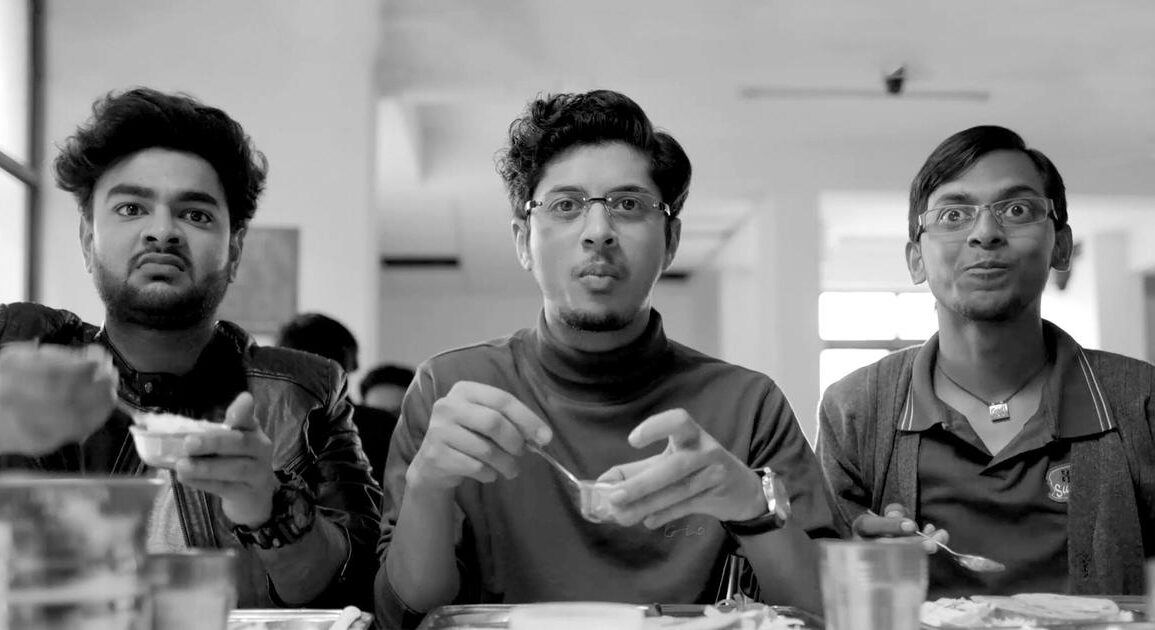The series here gives Kota a life of itself, a heaving, breathing life, with its set of fad and fetishes. Kota could be a seeping depression, Kota could be a much planned success, Kota could be a painful suicide, Kota could be a bedecked future.
The title Kota Factory itself envelopes the very essentials of the undermining theme the series tries to canvas. The institutionalization of dreams, aspirations, and advertising success on a marketing level is what a certain section of our education system has come down to. And no one raises a finger.
Any Indian kid being raised in a middle class family that had a grounded zeal for them to grow up as engineers and doctors has come across the topic of Kota at least once in their lives. Maybe as fleeting references, or animated anecdotes of the neighbor’s kid.
 Here too, Vaibhav, a young IIT aspirant, like lakhs of other students goes about shuffling from one coaching center to another in the city that trains, or at least attempts to train, the smartest of minds. A city where every alley of every street has more PGs than residential, where every lane has a coaching center, Kota is Kota for the legacy its known for. There are implicit insinuations of the real coaching centers with an immense degree of competition like Allen or Bansal classes, the series counterpart of which are the Maheshwari Classes and Prodigy.
Here too, Vaibhav, a young IIT aspirant, like lakhs of other students goes about shuffling from one coaching center to another in the city that trains, or at least attempts to train, the smartest of minds. A city where every alley of every street has more PGs than residential, where every lane has a coaching center, Kota is Kota for the legacy its known for. There are implicit insinuations of the real coaching centers with an immense degree of competition like Allen or Bansal classes, the series counterpart of which are the Maheshwari Classes and Prodigy.
The series talks about not high school romance, or even romance at all (in tiny degrees maybe as the story progresses because uhh hormones?!) but about the struggles, the anticipation, the failures, the indecisiveness, the regrets. The script writing takes you to the very corners of its dynamics. How only the first batches of every center get the academic and faculty attention, how inorganic chemistry is a subject of exceptions, how you have to numb your taste buds to gulp down the mess food, how nights of sleep are lost to grapple with the big bad world that awaits you after tenth standard.
For all the Kota-ites I can only imagine how deeply injecting the following dialogue must have been,
“Bacche do saal mein Kota se nikal jaate hain par Kota saalon tak bacchon se nahi nikalta.”
The characters play out their parts with a fair amount of justice. The story hardly grows out with a plotline, it graciously sticks to what it intended for in the first place, bare facing the realities and make Kota assume a life of its own. The entire series is in monochromatic frame, that is symbolic of the real life of the students in those two or three years, which is nothing but black and white. The first episode is undeniably the best of the lot , with all the others having a close contest.

